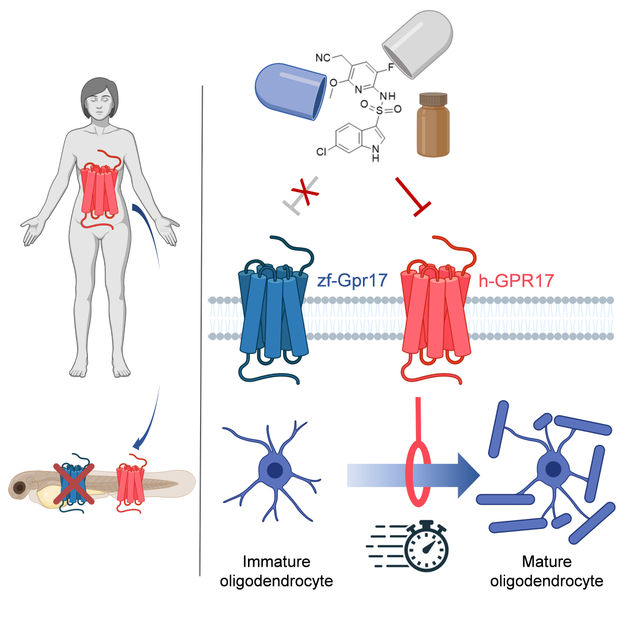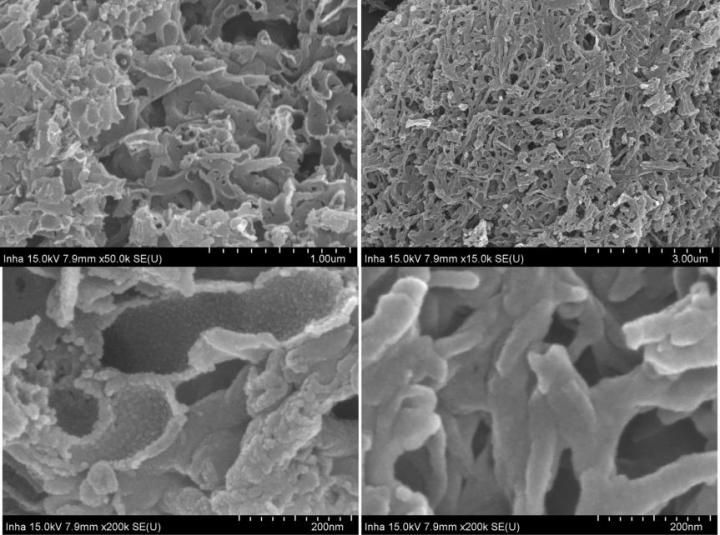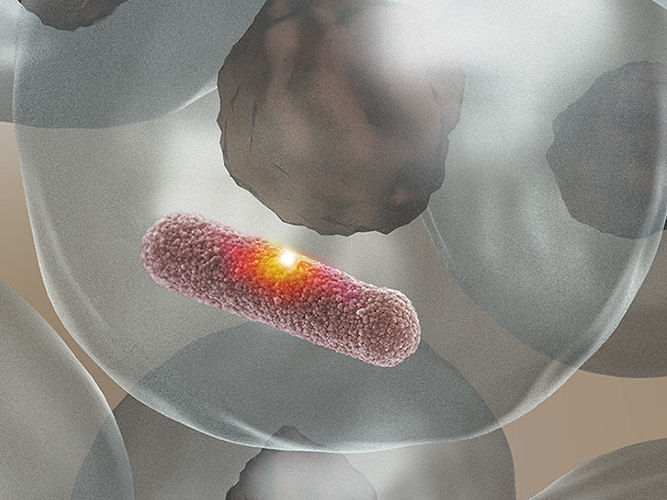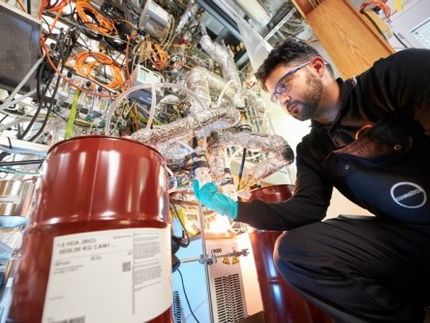BASF, Cargill and Novozymes achieved another milestone in bio-based acrylic acid
BASF, Cargill and Novozymes announced the achievement of another milestone in their joint development of technologies to produce acrylic acid from renewable raw materials. The team has demonstrated the successful conversion of 3-hydroxypropionic acid (3-HP), to glacial acrylic acid and superabsorbent polymers. Moreover they have selected the process for further scale-up.
In August 2012, BASF, Cargill and Novozymes announced their joint agreement to develop a process for the conversion of renewable raw materials into bio-based acrylic acid. In July 2013, the partners successfully demonstrated the production of 3-hydroxypropionic acid (3-HP), one possible precursor to acrylic acid, at pilot scale.
BASF initially plans to use the bio-based acrylic acid to manufacture superabsorbent polymers. Currently, acrylic acid is produced by the oxidation of propylene derived mainly from the refining of crude oil. “After just 18 months we have selected the preferred process to convert 3-HP into glacial acrylic acid. Now we are working full force on the set-up of a small integrated pilot plant until the end of this year,” said Teressa Szelest, Senior Vice President Global Hygiene Business at BASF. Together with the pilot plant for 3-HP, operated by Cargill and supported by Novozymes, this will further support BASF’s plans for fast market entry of superabsorbent polymers derived from bio-based acrylic acid.
“We are pleased to see the project progressing with high pace and commitment towards commercialization,” said Kristian Bjørneboe , Vice President Business Creation and Acquisition at Novozymes. “We are refining and pursuing options on how to move quickly towards commercial scale production of 3-HP to acrylic acid to meet market demands for consumer goods based on renewable raw materials. Meanwhile, strain and fermentation optimization towards commercial scale requirements is progressing steadily.”
“Cargill came together with BASF and Novozymes to do what had not been done ever before. We have been working together for less than two years and we have made great progress toward our common goal,” said Jack Staloch Vice President of Research and Development at Cargill. ”It’s a great example of what can be accomplished when industry leaders with unique expertise in biotechnology and chemistry come together to create new innovations.”
Most read news
Topics
Organizations
Other news from the department business & finance

Get the life science industry in your inbox
By submitting this form you agree that LUMITOS AG will send you the newsletter(s) selected above by email. Your data will not be passed on to third parties. Your data will be stored and processed in accordance with our data protection regulations. LUMITOS may contact you by email for the purpose of advertising or market and opinion surveys. You can revoke your consent at any time without giving reasons to LUMITOS AG, Ernst-Augustin-Str. 2, 12489 Berlin, Germany or by e-mail at revoke@lumitos.com with effect for the future. In addition, each email contains a link to unsubscribe from the corresponding newsletter.
Most read news
More news from our other portals
Last viewed contents

Fish to help in search for MS drugs - Study follows an innovative path in the search for new active substances

Genomic Stability: A Double-Edged Sword for Sharks - Sharks have long been said to have an exceptionally low cancer rate

Toxicity of carbon and silicon nanotubes and carbon nanofibers

Immune Defense Without Collateral Damage





















































